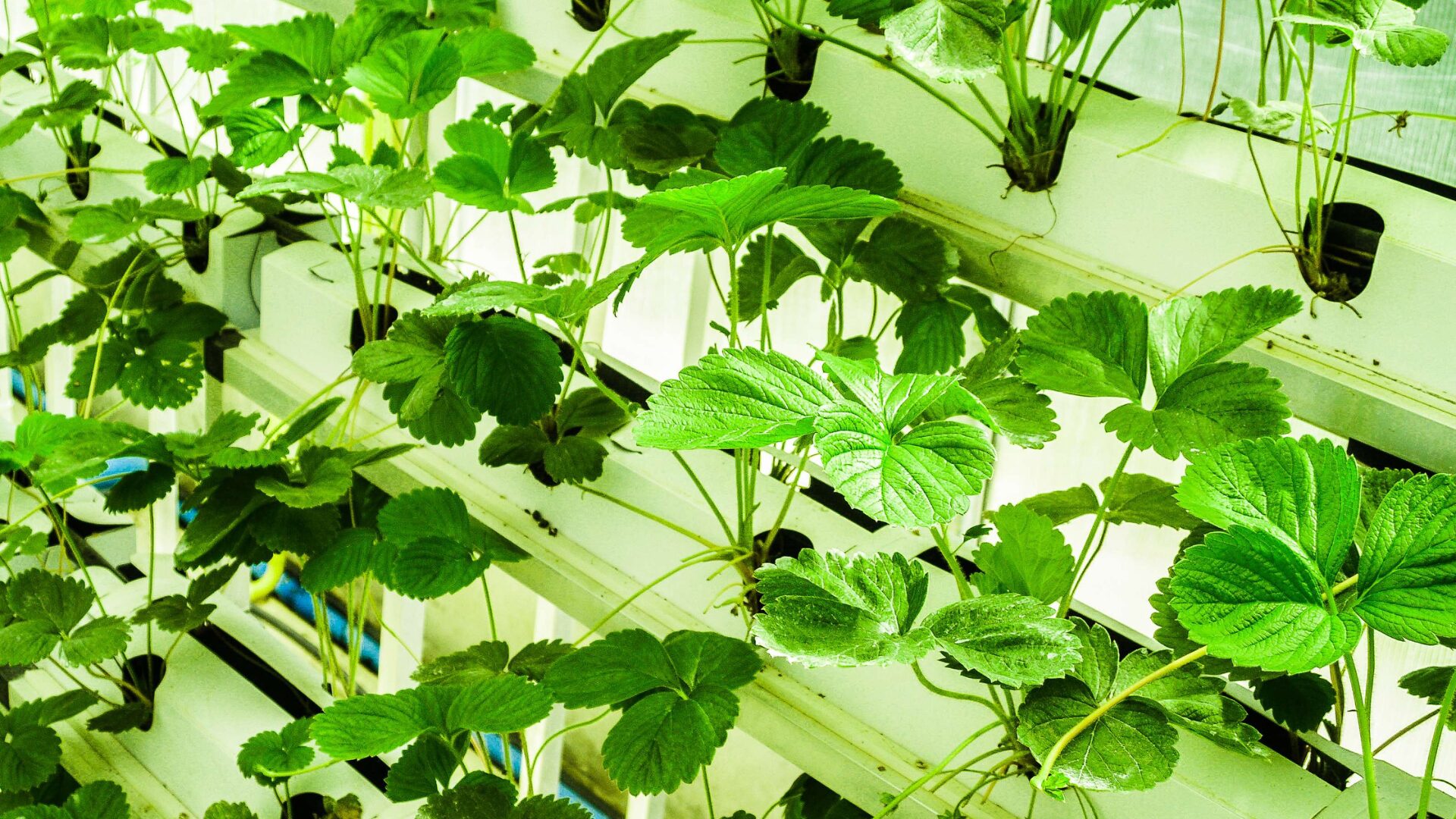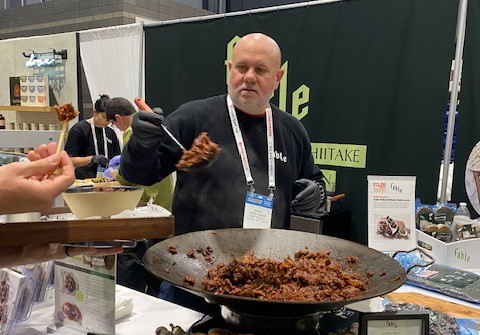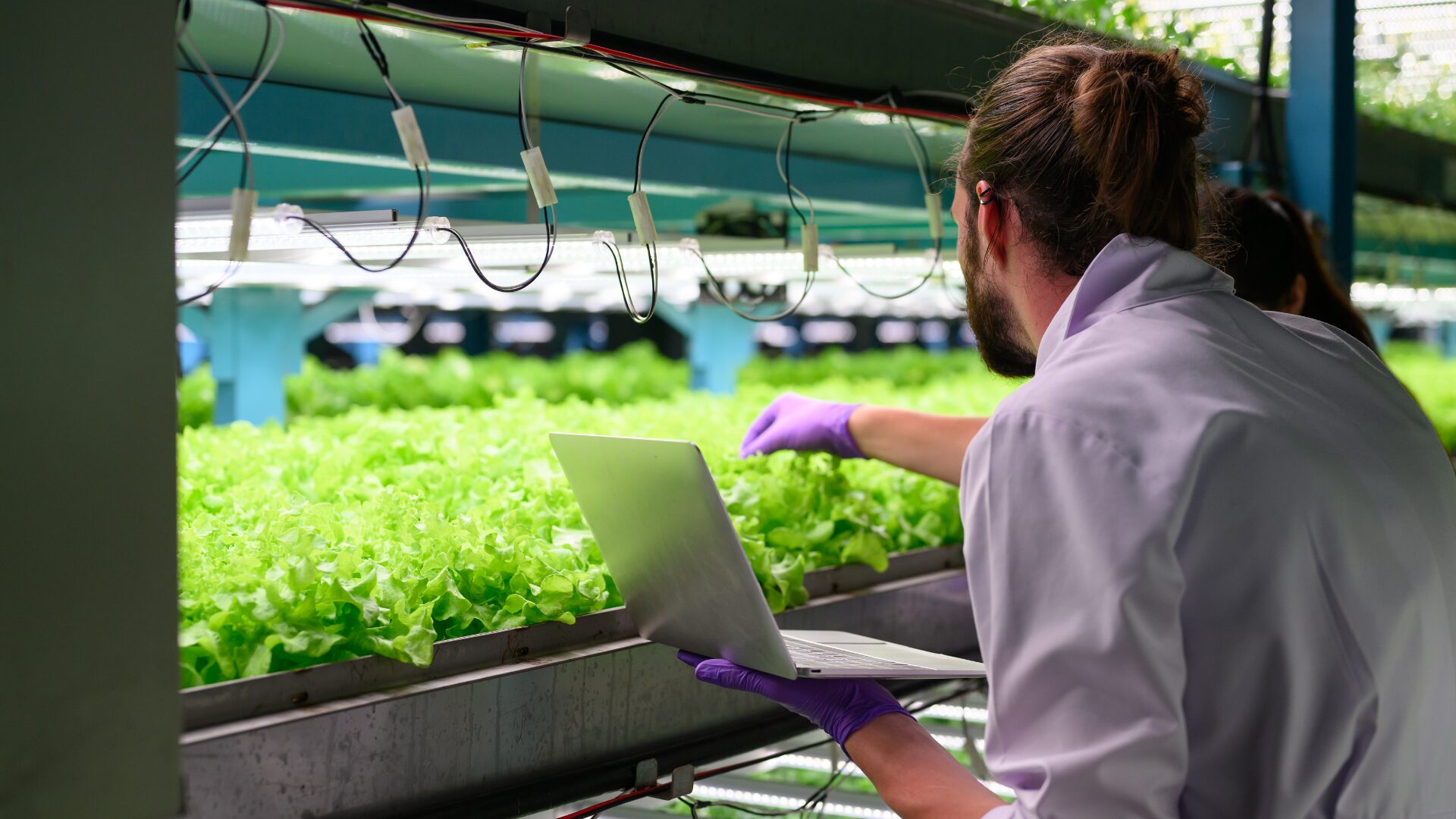Over the last decade, we’ve seen an emergence of buying local and supporting local brands. And that philosophy can pay dividends for food brands.
For example, the stated brand purpose of Hellmann’s is to inspire people around the world to be more resourceful with their food and to waste less. In Canada, Hellmann’s ½ The Fat is made with Canadian free-run eggs and responsibly sourced Canadian canola oil. With the commitment to local ingredients sourcing where possible, Hellmann’s has seen its business grow double digits year over year – by 10% in 2020, 11% in 2021, and 15% in the first quarter of 2022.
The pandemic has accelerated the support of locally made and locally grown products due to global supply chain challenges. Plus, many consumers want to take care of the people in their community.
However, when it comes to produce, many of us live in climates where we can’t grow vegetables and fruits year-round. We often must rely on vegetables shipped from half a continent away. This obviously comes with a price, from the significant amount of transportation cost to the environmental impact.
This is where vertical farming can play a pivotal role to reduce the carbon footprint and provide a sustainable alternative for consumers. Plus, vertical farming aligns with several other recent trends.
Vertical farming: 101
First, a refresher: vertical farming, of course, is the practice of growing crops in vertically stacked layers. It often incorporates controlled-environment agricultures which aim to optimize plant growth and soilless farming techniques. The common choice of structures to house vertical farming includes buildings that suggest the farm can be set up anywhere.
Why is vertical farming better than traditional farming?
- Vertical farming increases crop yields and requires a smaller land footprint
- A larger variety of crops can be cultivated at once, as the crops do not share the same plot of land while growing
- Crops are resistant to weather disruption
- No pesticide or herbicide is required due to the controlled indoor environment
- Limited land is required, so it’s less disruptive to native plants and species
How does vertical farming connect to recent trends?
Support local
Vertical farming allows food and beverage manufacturers, retailers, and foodservice operators to source local produce year-round. The produce can be picked any time of the day and be ready for delivery the same day. In return, marketers in the food & beverages industries can make locally sourced claims that are compelling consumer propositions.
Reduce carbon footprint
Vertical farming cuts down on greenhouse gas emissions, as it cuts down on the quantity of water and land needed to produce the same amount of food. It also eliminates the need for herbicides and pesticides and extensive transportation costs. Brands like Just Salad launched the Climatarian menu, in which they calculate the carbon footprint much like a nutritional label. This helps consumers who are increasingly demanding climate-smart eating and making more holistic choices that take climate change into account.
Support biodiversity
Vertical farming helps improve biodiversity because it does not cause a land surface disturbance, which helps the natural animal population living in and around farms thrive. Further, vertical farming eliminates the need for deforestation for farming purposes. Consumers increasingly want trust and traceability from the products and brands that they buy.
What are the industry implications?
- For restaurant operators, the ability to source local greens year-round is now a possibility in many markets. There’s an opportunity to incorporate the local sourcing and sustainability story in the messaging and menu creation.
- For retailers, the opportunity to welcome and support local startups in the vertical farming space can be your point of differentiation. Consumers are more willing to pay a premium for locally sourced ingredients; 57% of Americans say they shop local to keep the money close to home.
- For food & beverage manufacturers, aside from working with ingredient suppliers to consider vertical farming for dried or fresh ingredients, the most obvious benefit is the ability to make the local sourcing claims on the pack or through marketing communication. There’s also the opportunity to support the vertical farming practice through investment or partnership.
Editor’s note: Joseph Chen is the CEO of research management and insight consultancy Leo & Dragon, and previously worked for the likes of Mondelez International, McDonald’s, Hershey, Unilever, and Kraft.
The Food Institute Podcast
Click the play button above to listen to the episode.
Recent cyberattacks have shown the business and reputational impacts of a breach, but what technologies can be used to protect your organization? SmartLedger’s Bryan Daugherty and Gregory Ward explain how CERTIHASH Sentinel Node can help a company detect a cyber intrusion more quickly, while IBM’s Patryk Walaszczyk shares how the technology could redefine cybersecurity.












